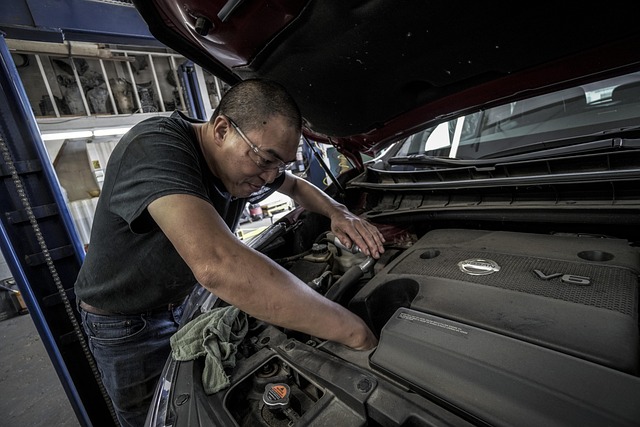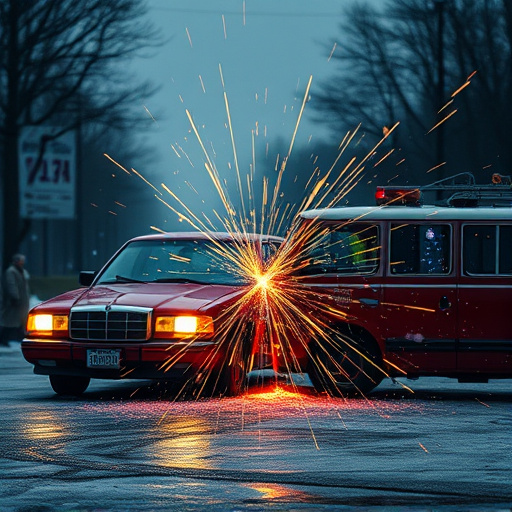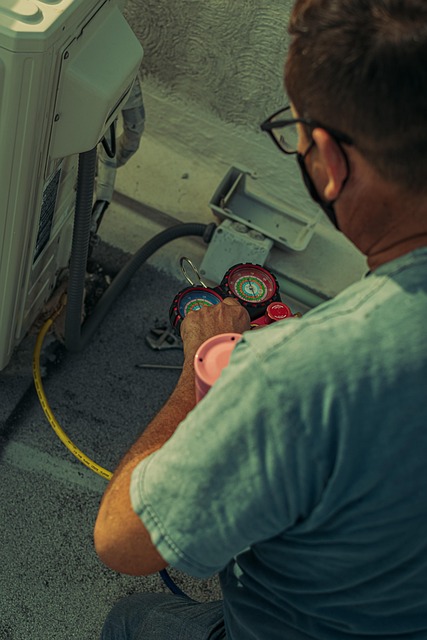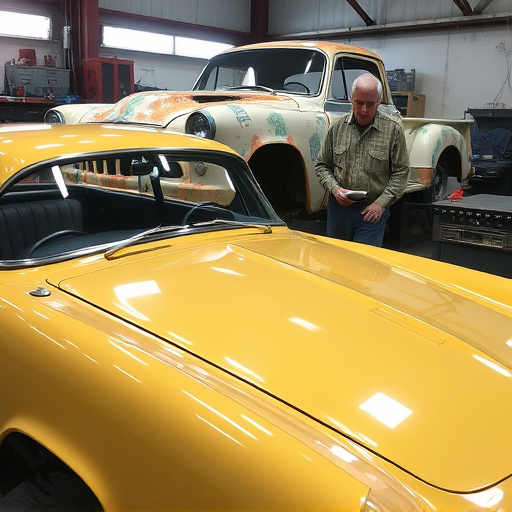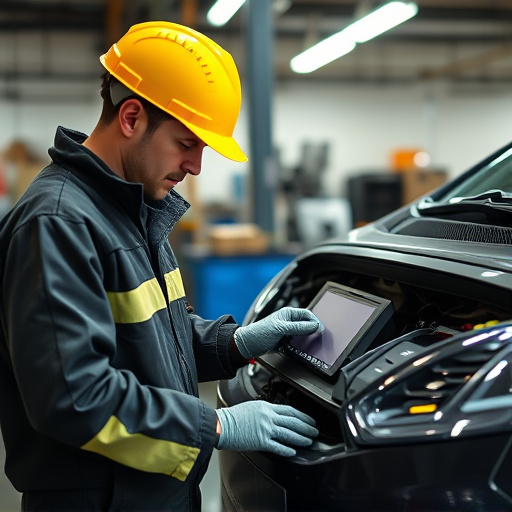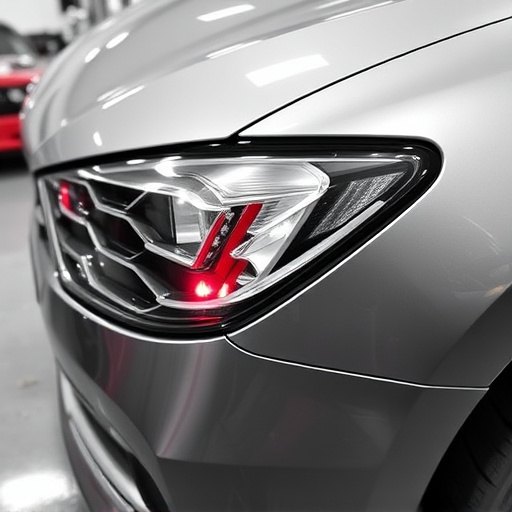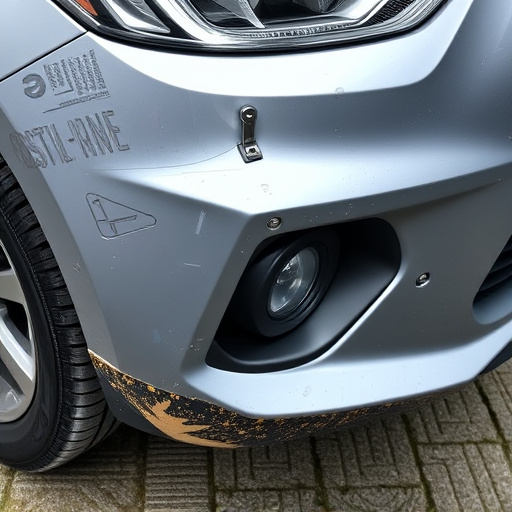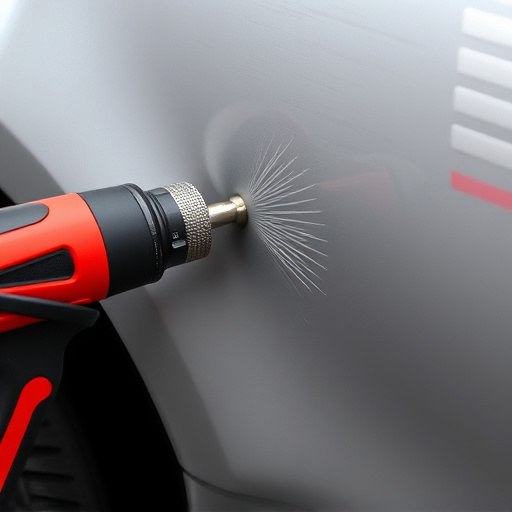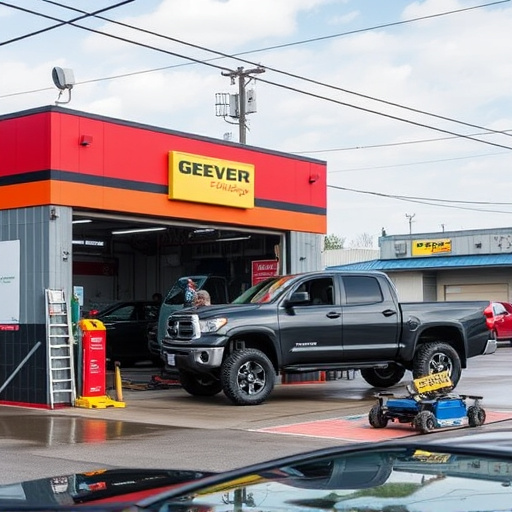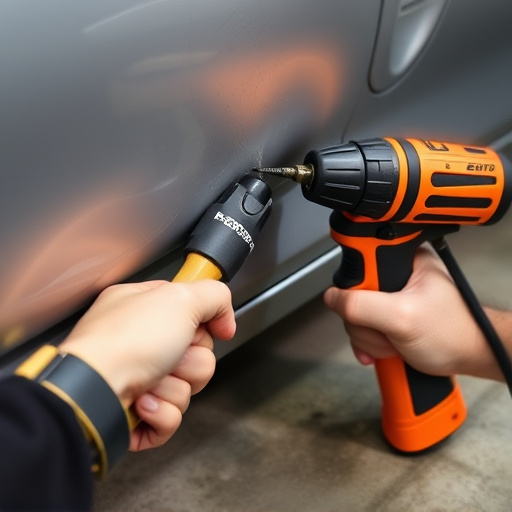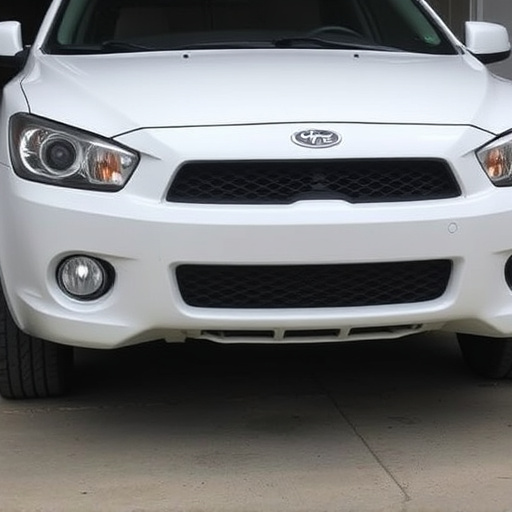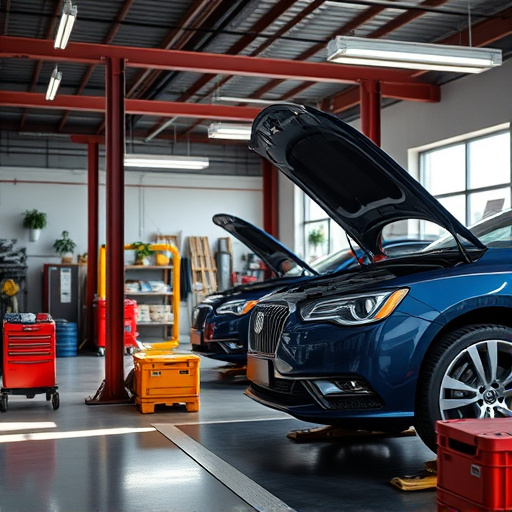OEM guidelines for blending adjacent panels during manufacturing aim to conceal collision damage and maintain vehicle aesthetics. By following these standards, auto body shops achieve seamless repairs, minimizing visible gaps and misalignments caused by past accidents, thus preserving the car's original look and value. Effective panel blending streamlines repair processes and enhances customer satisfaction.
In the precision manufacturing realm, Original Equipment Manufacturers (OEMs) adhere to strict guidelines for panel fabrication. One recommended practice gaining traction is the blending of adjacent panels, a technique aimed at minimizing collision risks and enhancing overall product quality. This article delves into the understanding of OEM guidelines for panel blending, exploring its advantages—particularly in preventing collisions—and underscoring its significance in creating seamless, indelible products.
- Understanding OEM Guidelines for Panel Blending
- Advantages of Blending Adjacent Panels
- Preventing Collision: A Key Consideration
Understanding OEM Guidelines for Panel Blending
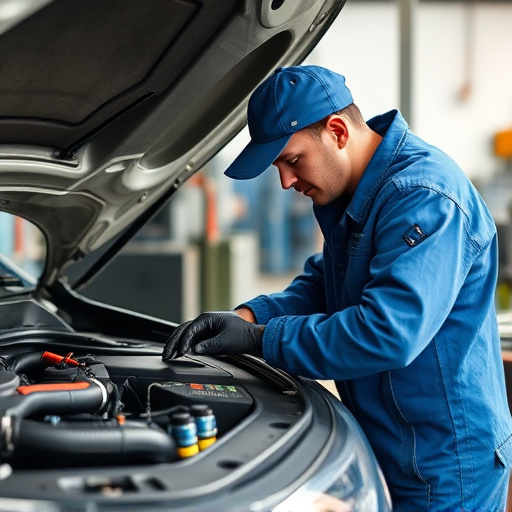
OEM (Original Equipment Manufacturer) guidelines for panel blending are crucial in ensuring seamless and invisible repairs, especially when it comes to collision damage on vehicles. These guidelines provide a standardized approach to repairing and restoring vehicle bodies, focusing on achieving a perfect blend of color and texture across adjacent panels. By recommending the blending of adjacent panels, OEMs aim to mitigate visible evidence of past repairs, enhancing the overall aesthetics and long-term durability of the vehicle body.
In automotive restoration and bumper repair processes, adhering to these guidelines is essential for maintaining the vehicle’s original appearance. The method involves skillfully merging repaired areas with surrounding unharmed panels, making the fix nearly invisible to the untrained eye. This meticulous process, when executed correctly, results in a seamless transition between panels, effectively concealing collision damage and ensuring a professional-looking repair in vehicle body repair settings.
Advantages of Blending Adjacent Panels
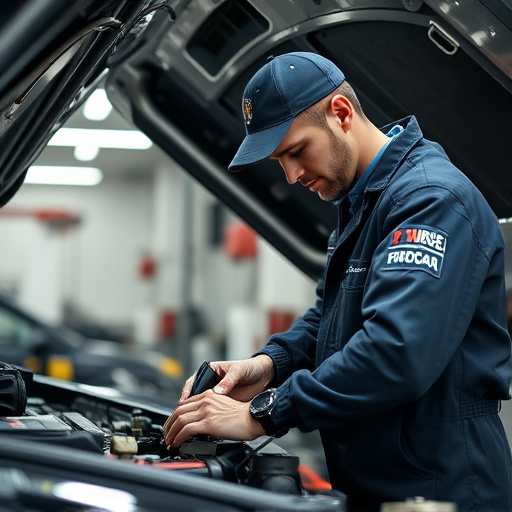
Blending adjacent panels is a technique recommended by OEM guidelines for several compelling reasons. One of the primary advantages is the seamless transition between panels, which minimizes the risk of visible gaps or misalignments. This not only enhances the overall aesthetics of the vehicle but also ensures structural integrity. When panels are blended correctly, they create a smooth, continuous surface that mimics the original factory finish, making it nearly impossible to detect any repairs.
Moreover, blending panels effectively reduces the occurrence of collision-related issues. In an automotive body shop, precise blending can conceal damage from minor bumps, scratches, or dents. This not only preserves the value of the vehicle but also provides customers with peace of mind, knowing that their car’s exterior is as good as new. For auto body shops, adopting this practice streamlines the repair process and results in higher customer satisfaction.
Preventing Collision: A Key Consideration
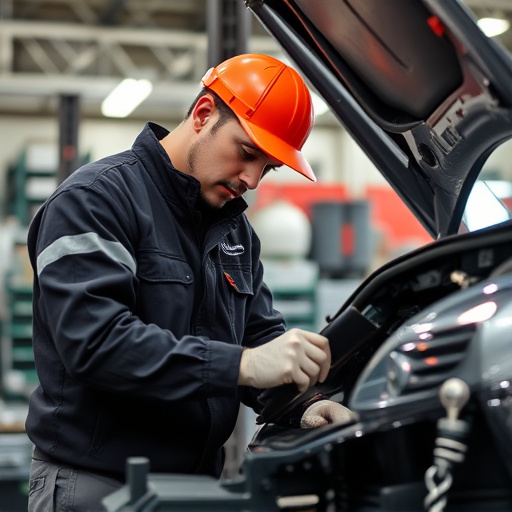
One of the primary reasons Original Equipment Manufacturer (OEM) guidelines advocate for blending adjacent panels during vehicle manufacturing is to prevent collision. When a car undergoes an accident, even minor ones, it can lead to panel misalignment or damage that’s not immediately visible. If left unaddressed, these issues can result in poor fitment and unsightly gaps when the car is repaired, increasing the risk of further structural compromise and potential secondary car damage repair problems. By blending adjacent panels, auto body services professionals ensure seamless integration of replacement parts, minimizing the chances of collision-related complications and facilitating more precise auto repair near me processes. This meticulous approach is crucial in maintaining the integrity of the vehicle’s structure and aesthetic appeal.
OEM guidelines advocate for blending adjacent panels to mitigate collision risks and enhance overall panel quality. By seamlessly integrating neighboring panels, manufacturers can achieve a smooth, unified surface, preventing visible seams or imperfections that might occur with traditional installation methods. This technique not only improves the aesthetic appeal but also ensures structural integrity, making it a preferred approach in the industry to avoid collisions and other potential issues associated with poor panel alignment.
